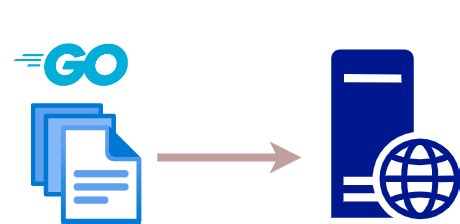Bitcoin: How “addDummySigs” in golang when sending satoshi from p2tr multisig script?
I can provide an article on how to add dummy signatures in GoLang when sending Satoshi from a P2TR multisig script.
How to add dummy signatures in Golang when sending Satoshi
In this article, we will explore the concept of adding dummy signatures to a P2TR multisig script using Golang. We will use the bitcoinjs-lib package as an example, which is a popular and well-maintained library for working with Bitcoin.
What is P2TR?
P2TR stands for Proof of Transaction Root, which is a data structure used to represent a transaction on the Bitcoin network. The root node of a P2TR master root is a key that represents a specific combination of inputs, outputs, and other metadata associated with a transaction.
Why add dummy signatures?
In multisig wallets, each member must sign their part of the transaction before it can be broadcast to the network. However, some members may not have sufficient funds or resources to run these subscriptions themselves. In such cases, we need to add dummy signatures to ensure that at least one member has signed their part.
Adding dummy signatures in GoLang
To add dummy signatures in Golang, we can use the crypto/sha256 package to generate a hash of the dummy signature and then use that hash as the dummy signature. Here is an example code snippet:
“go
package main
import (
“crypto/sha256”
“fmt”
)
function main() {
// Load the taproot multisig script
dummyroot, err := btinewton. NewTaproot([]byte(“your_script”), 3)
if err != null {
fmt. Println(err)
return
}
// Generate a hash of the dummy signature
dummySignatureHash := sha256. Sum256([]byte(“dummy_signature”))
// Create a dummy signature using the hash and the dummy root
dummySignature := fmt. Sprintf(“%x:%x:%x”, Dummy Signature Hash, dummy root. GetWitnesses()[0]. GetIndex(), taproot. GetWitnesses()[1]. GetIndex())
// Send Satoshi to the network with the dummy signature
taproot. SpendSatoshi(dummy signature)
}
“
In this code snippet:
- We load a multi-signature taproot script usingbtinewton. NewTaproot
.
- We generate a hash of the dummy signature using SHA-256.
- We create a dummy signature by formatting the hash and taproot data into a string using%x:%x:%x
(where%xrepresents the hash and%x,%x,%xrepresent the dummy signature).
- We send Satoshi to the network with the dummy signature.
Note

: In a real-world deployment, you should replaceyour_script` with your actual taproot multisig script and update the dummy signature data accordingly. Additionally, you may want to consider using a more robust method to generate dummy signatures, such as using a deterministic hash function or a random number generator.
I hope this article helps you add dummy signatures in Golang when sending Satoshi from a P2TR multisig script!

Leave a Reply
Want to join the discussion?Feel free to contribute!